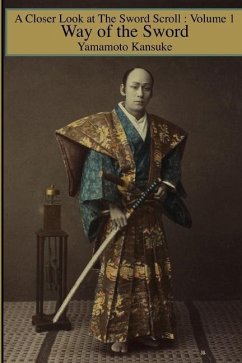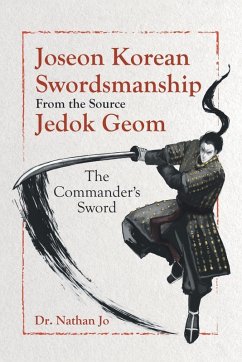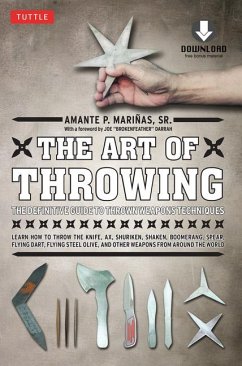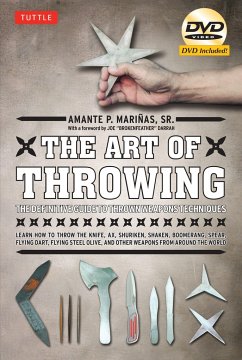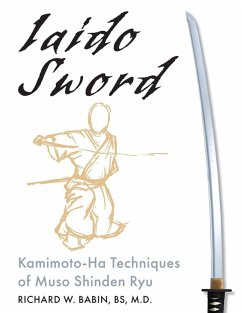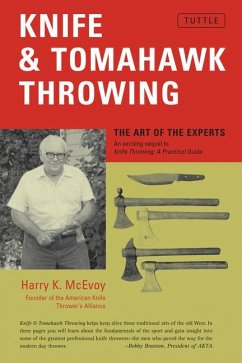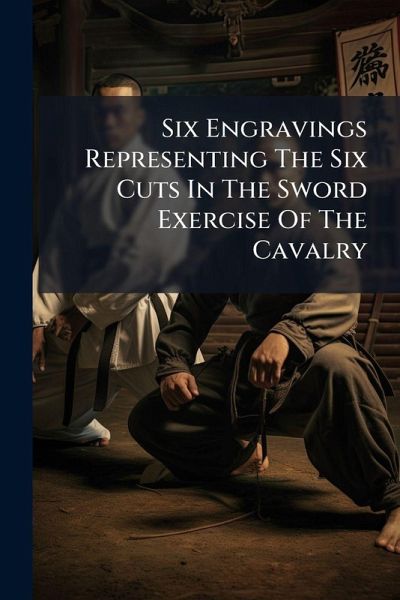
Six Engravings Representing The Six Cuts In The Sword Exercise Of The Cavalry

PAYBACK Punkte
7 °P sammeln!
"Six Engravings Representing The Six Cuts In The Sword Exercise Of The Cavalry" offers a fascinating glimpse into historical military training and swordsmanship. This collection of engravings meticulously illustrates the fundamental cuts used in cavalry sword exercises, providing valuable insights into the techniques and discipline of the era. The detailed artwork serves as a visual guide to understanding the precise movements and strategies employed by cavalry soldiers. A resource for martial arts enthusiasts, military historians, and art collectors, this work captures a moment in military hi...
"Six Engravings Representing The Six Cuts In The Sword Exercise Of The Cavalry" offers a fascinating glimpse into historical military training and swordsmanship. This collection of engravings meticulously illustrates the fundamental cuts used in cavalry sword exercises, providing valuable insights into the techniques and discipline of the era. The detailed artwork serves as a visual guide to understanding the precise movements and strategies employed by cavalry soldiers. A resource for martial arts enthusiasts, military historians, and art collectors, this work captures a moment in military history through detailed artistic representation. These engravings stand as a testament to the enduring legacy of traditional combat methods. The book preserves a unique aspect of martial and military heritage. This work has been selected by scholars as being culturally important, and is part of the knowledge base of civilization as we know it. This work was reproduced from the original artifact, and remains as true to the original work as possible. Therefore, you will see the original copyright references, library stamps (as most of these works have been housed in our most important libraries around the world), and other notations in the work. This work is in the public domain in the United States of America, and possibly other nations. Within the United States, you may freely copy and distribute this work, as no entity (individual or corporate) has a copyright on the body of the work. As a reproduction of a historical artifact, this work may contain missing or blurred pages, poor pictures, errant marks, etc. Scholars believe, and we concur, that this work is important enough to be preserved, reproduced, and made generally available to the public. We appreciate your support of the preservation process, and thank you for being an important part of keeping this knowledge alive and relevant.




